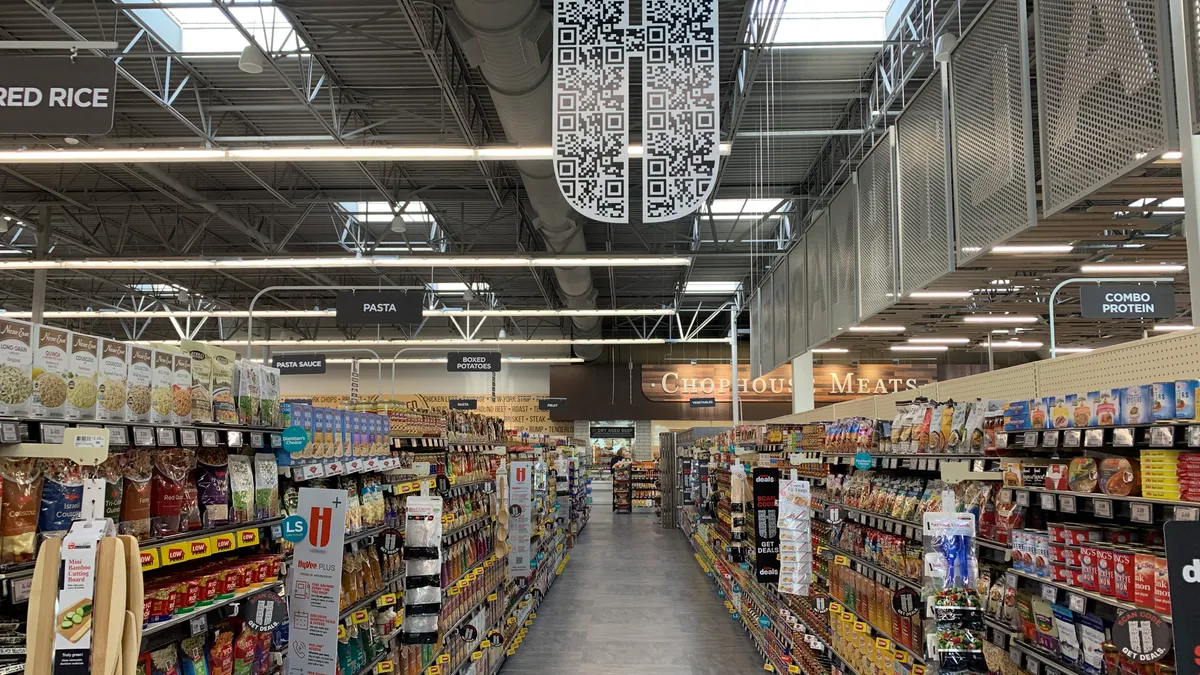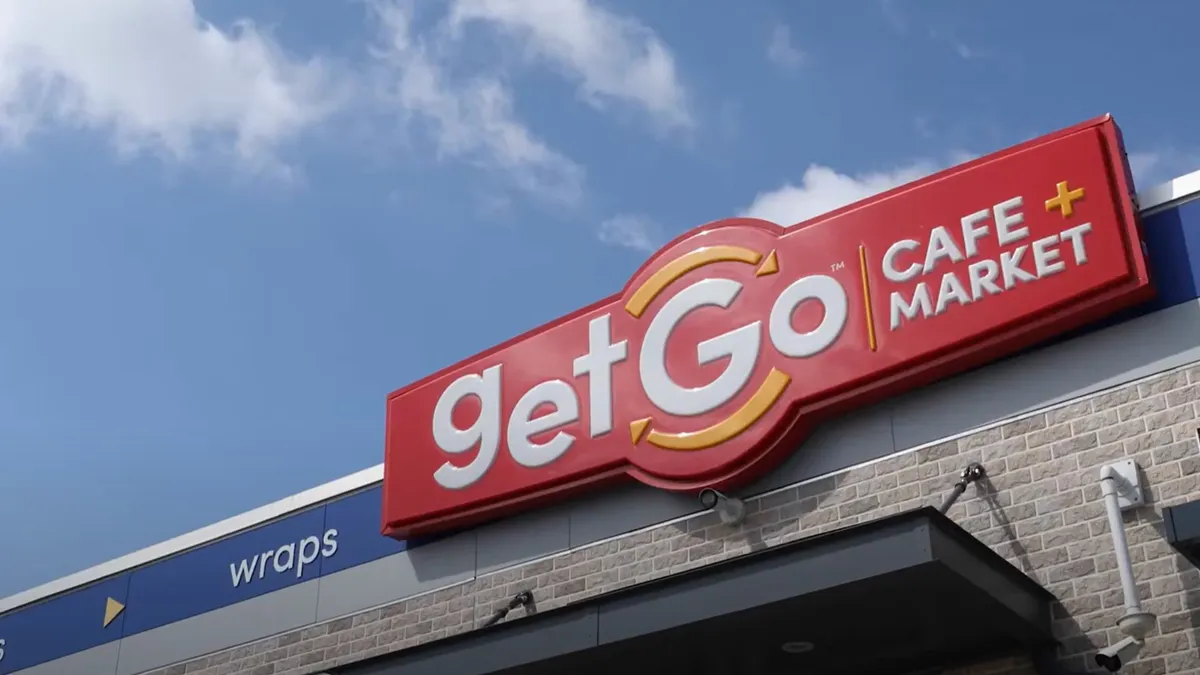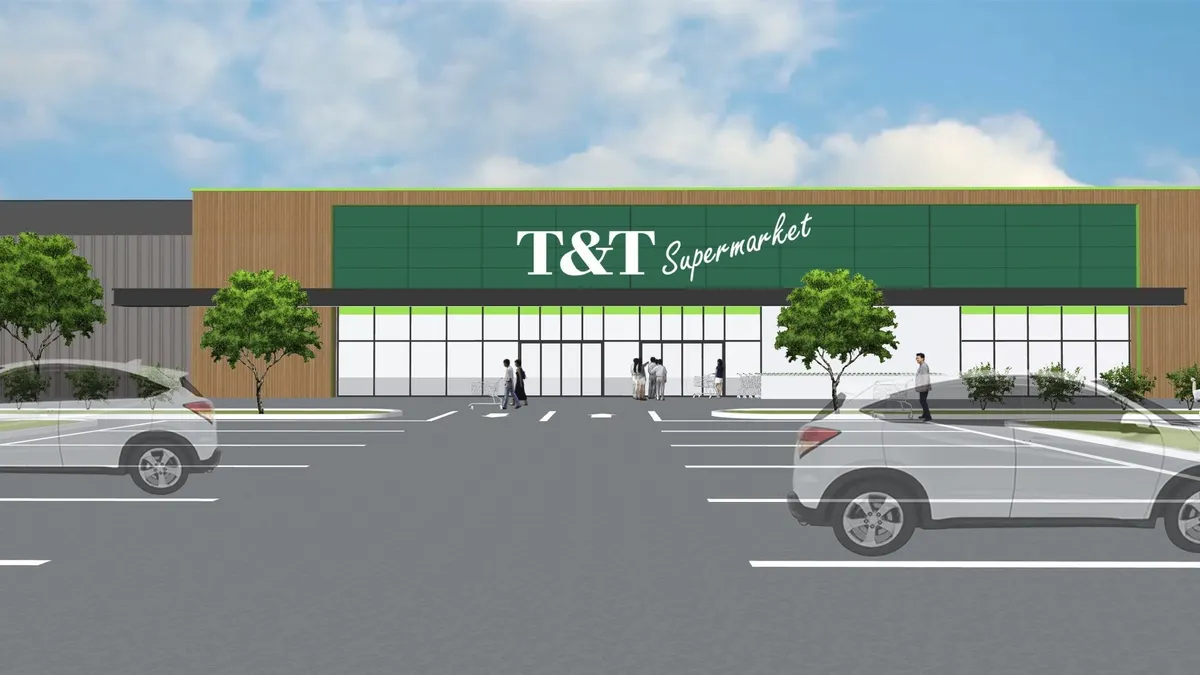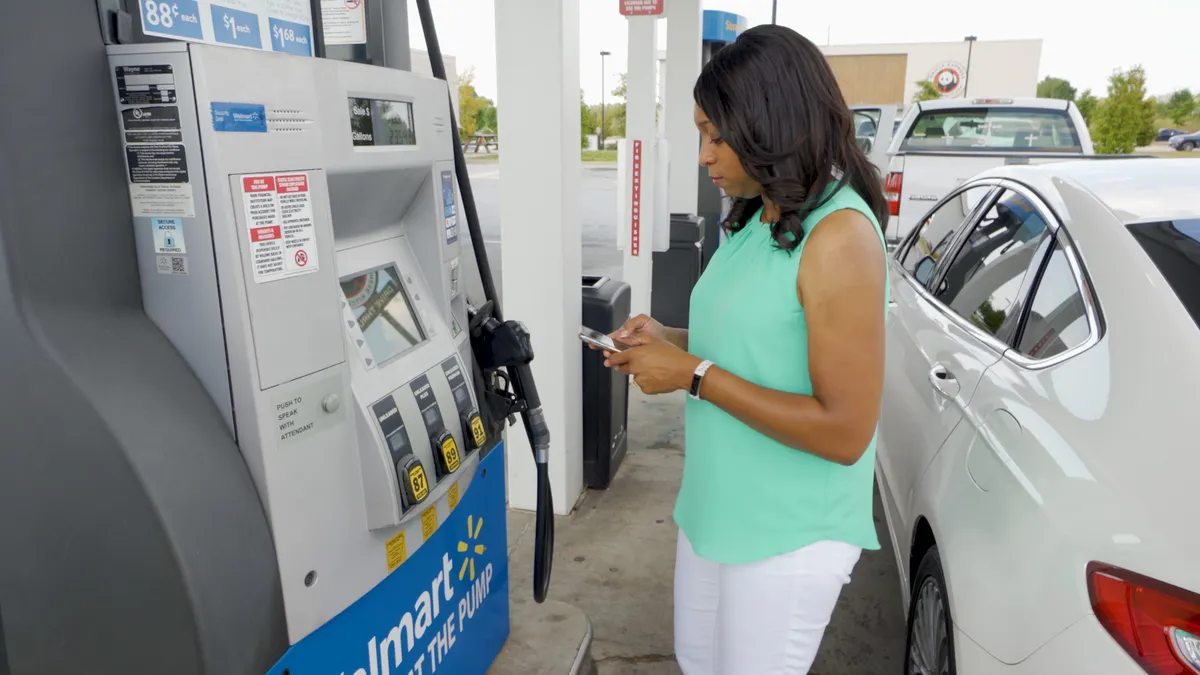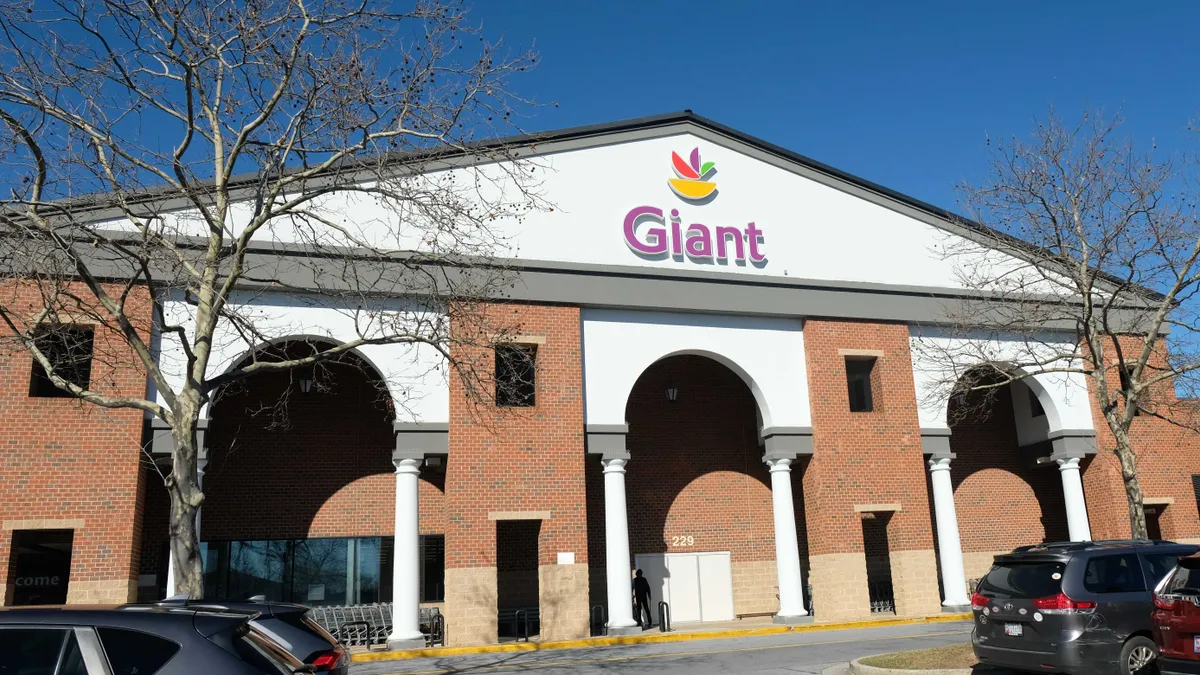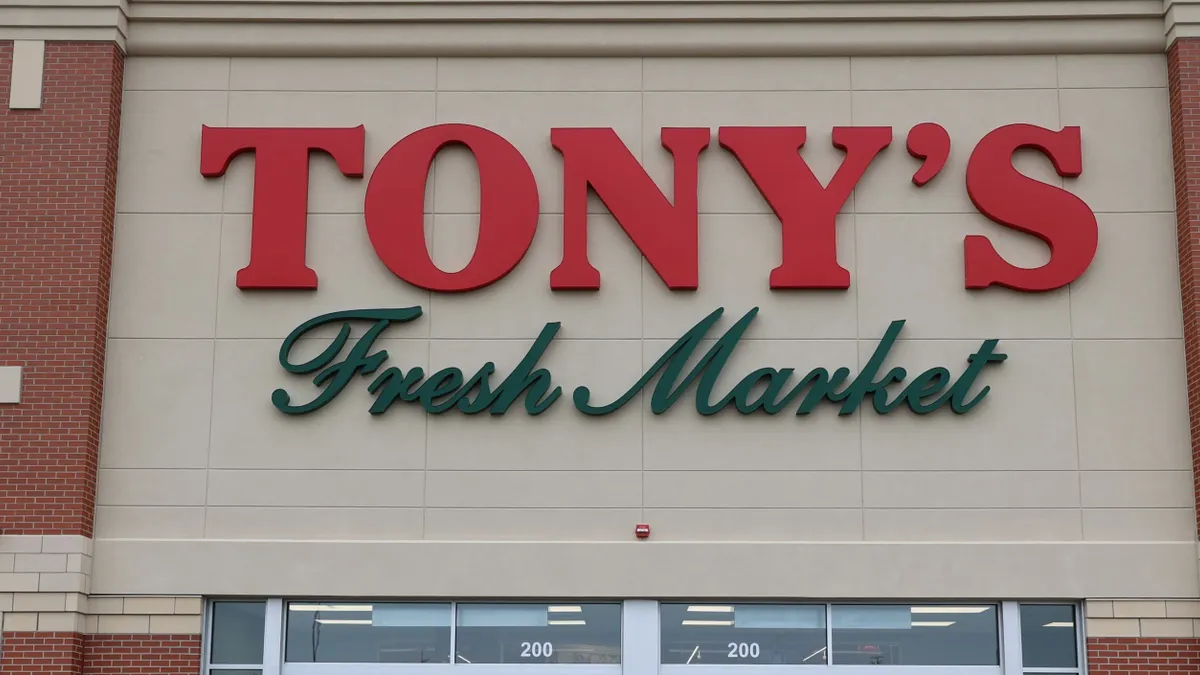Scaling back center store, reducing labor, investing in store technology and playing up convenience are just a few trends retailers are trying to capitalize on these days.
Most grocers take gradual, incremental steps toward these opportunities, but some choose to dive into innovation head first. Here are a few retailers offering intriguing takes on the industry’s most prominent trends.
1. The self-service grocery store
Combining small-town values with a dash of cutting-edge technology, Farmhouse Market in New Prague, MN is a 24-hour grocer that has an abundance of natural and organic products and zero labor costs. How is this possible? You won’t find drones patrolling the aisles or infrared sensors positioned throughout the store.
Farmhouse is a self-service grocery that operates on the honor system. For $99 a year, the store’s more than 200 approved shoppers can access the shop with a special key card, gather their goods and pay via a self-checkout counter. Just to be safe, co-founder of Farmhouse Market Kendra Rasmusson and her husband, Paul, installed a camera with a video feed they can access at any time — though Rasmusson says shoplifting hasn’t been an issue yet. The couple can also monitor inventory levels and key card data that tells them who has come and gone.
“We’re the closest natural and organic store within 20 miles, and people really appreciate that we’re working with local vendors whenever we can.”

Kendra Rasmusson
Co-founder of Farmhouse Market
“One of the disadvantages of a small town, people might say, is that everybody knows your business,” Rasmusson told Food Dive. “But we thought that could work in our favor by having people looking out for each other and for a business, if they felt invested in it.”
Because demand is high in the Minneapolis commuter town for natural and organic products — from Waxwing Farm produce to Joia soda — Farmhouse is also open to the public limited hours each week.
“We’re the closest natural and organic store within 20 miles, and people really appreciate that we’re working with local vendors whenever we can,” said Rasmusson.
Rasmusson, who works a day job in addition to overseeing the market, acknowledged it’s difficult to source so many local products with limited staffing. But even here, she and her husband have found an efficient solution: Every supplier gets his or her own key card, too.
2. The super high-tech store
Kroger, Whole Foods, Costco and Wal-Mart are just a few retailers making deep investments in store technology. But nothing they’ve implemented so far rivals the immersive digital experience that one of Italy’s largest grocers, Coop Italia, recently unveiled.
Ambitiously called the “Supermarket of the Future,” the Milan store features interactive shelf screens and sensors help shoppers peel back all sorts of information about the products they’re buying. Touch screens attached to every aisle allow customers to scroll through products and learn everything from recipes to possible allergens to a product’s carbon footprint. Displays throughout the store show daily deals and top-selling products for the day, while the store’s phone app connects to the store and allows customers to build recipes, store lists and other extras. There’s also, naturally, a juice-making robot.
The marquee feature of Coop’s store, which began as a prototype back in 2015 and officially opened last December, is a collection of reflective mirrors hanging over the produce displays that track consumers’ hand movements and display information on the product they’re about to select.
The minds behind the store, which in addition to Coop Italia include consulting firms Accenture and designer Carlo Ratti, insist there’s a very basic consumer insight underlying all the high-tech bells and whistles.
“Every product has a precise story to tell,” Ratti, principal of Carlo Ratti Associates and a professor at the Massachusetts Institute of Technology, said in a statement. “Today, this information reaches the consumer in a fragmented way. But in the near future, we will be able to discover everything there is to know about the apple we are looking at: the tree it grew on, the CO2 it produced, the chemical treatments it received, and its journey to the supermarket shelf.”
3. The store without a center store
Center store sales might be declining, but most retailers wouldn’t dream of getting rid of the section altogether. Not so at The Marketplace at Guilford Food Center, where customers shop the perimeter — and only the perimeter — for everything from fresh meat to custom-made salads, gourmet burgers, sandwiches, house-brewed coffee and other prepared foods.
Opened two years ago, The Marketplace took over a space formerly operated by tiny Guilford, CT’s town grocer, Guilford Food Center, which had been open since the 1920s. Rather than continue the tradition of selling shelf after shelf of packaged grocery products, the new owners hired a team of in-store chefs, built culinary stations and refashioned the store as a meal destination. As for the center aisles, the team ripped those out and replaced them with chairs and tables.
“We essentially morphed the grocery store into a café where we could serve up gourmet burgers and shakes and salads and all sort of things."

Drew McLachlan
Operations Manager at The Marketplace at Guilford Food Center
“We essentially morphed the grocery store into a café where we could serve up gourmet burgers and shakes and salads and all sort of things,” Drew McLachlan, the store’s operations manager, told Food Dive.
Some of the former grocer’s customers have stopped by to protest the store’s new look. But according to McLachlan, most appreciate what he calls the store’s gourmet yet reasonably priced offerings. To maintain some continuity, The Marketplace retained two of Guilford Food’s former owners, who serve as advisors. The grocery also kept the original meat department and staff, along with many of the loyal customers that came with it. The store does include a limited selection of grocery products, including milk, eggs and condiments.
Mclachlan said his store’s format helps it stands out from large chains in the area. It’s also what an increasingly sophisticated, on-the-go consumer base demands.
“We’re elevating the idea of eating at a market to eating at a café,” he said.
4. The oversized convenience store
The saying goes that everything’s bigger in Texas. But even by Lone Star standards, Buc-ee’s convenience stores are huge. Averaging between 50,000 and 70,000 square feet — bigger than most traditional supermarkets — Buc-ee’s carries all the c-store staples, from slushed ices to sodas and bags of trail mix, in mass quantities. Imagine the inside of a 7-11 stretched out across a Costco store. The gas pumps, which typically run more than a hundred per location, have also gotten the super-sized treatment.
“It looks just like a convenience store, but instead of having three slots for beef jerky, they have 60 feet. It’s whatever you want times 10.”

Jeff Lenard
Vice president of strategic initiatives with the National Association of Convenience Store
“It looks just like a convenience store, but instead of having three slots for beef jerky, they have 60 feet,” Jeff Lenard, vice president of strategic initiatives with the National Association of Convenience Stores, told Food Dive. “It’s whatever you want times 10.”
Of course, all those packages of jerky and bags of potato chips are made for small stores and quick trips. So why is Buc-ee’s so big? For starters, the company founders understand the value of being a destination. Families traveling through Texas make a point of stopping at Buc-ee’s, where in addition to snacks and beverages they can also find colorful tchotchkes like Texas-shaped waffle irons, tie-dyed T-shirts and stuffed Buc-ee beaver mascots for kids. Buc-ee’s also sports bathrooms that have won national awards for their cleanliness.
Buc-ee’s, which operates close to 40 locations throughout the state, also excels at foodservice, offering a wide variety of sandwiches, soups, and salads, along with fruit-filled delicacies known as kolaches — a Czech pastry that's popular in Texas.
“Our goal was to change the experience for the traveling public when they stop and become the stop of choice,” said co-founder Arch “Beaver” Aplin III in a recent interview with Bon Appetit.
This year, Buc-ee’s will open its first location in Louisiana, where Aplin said he wants to serve local cuisine like gumbo. The company also plans to build a 254 foot-long car wash — the world’s largest, of course — at its store in Katy, TX.








